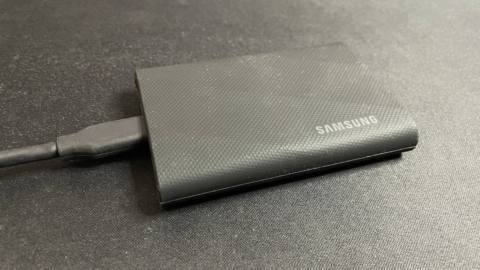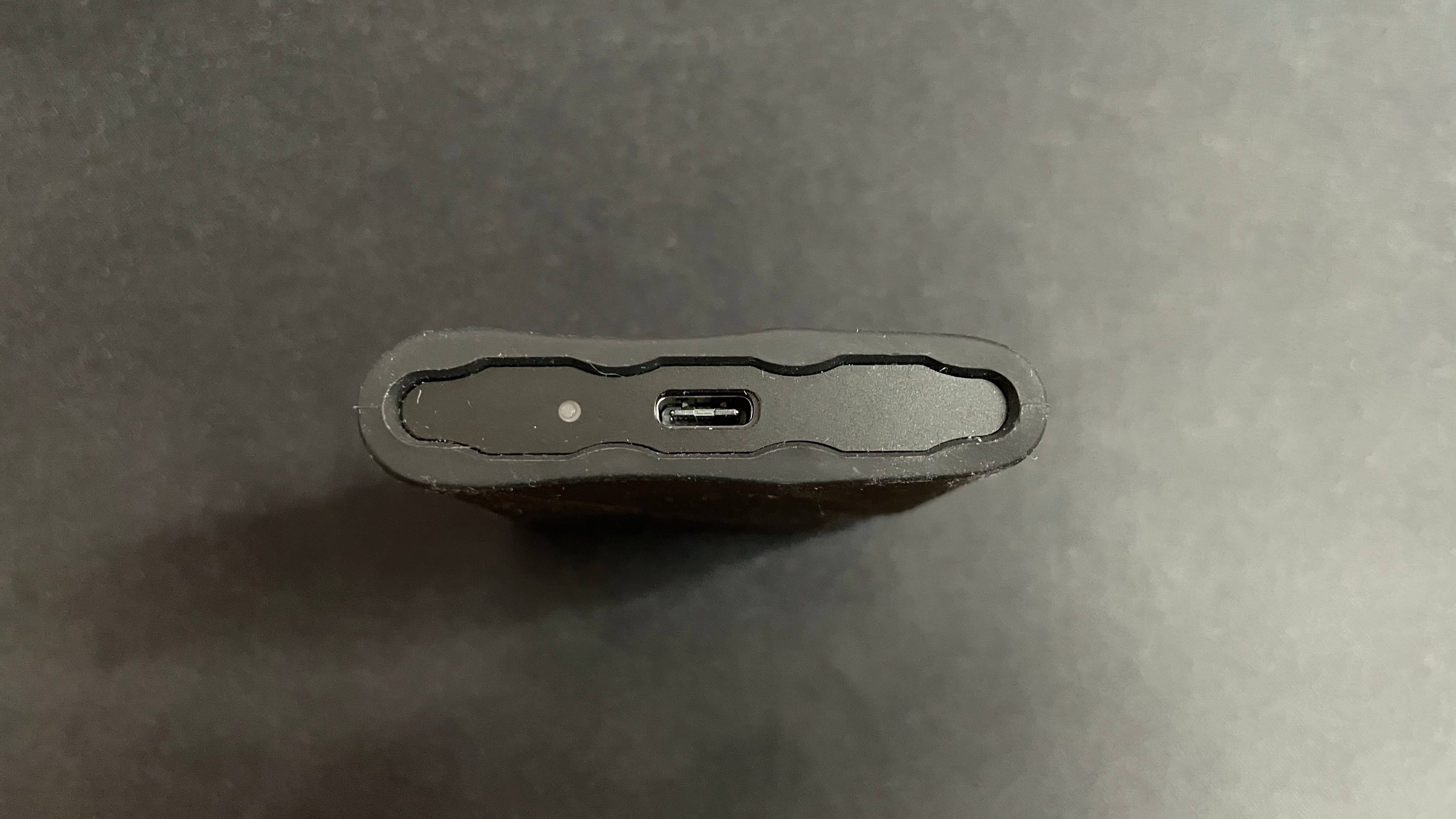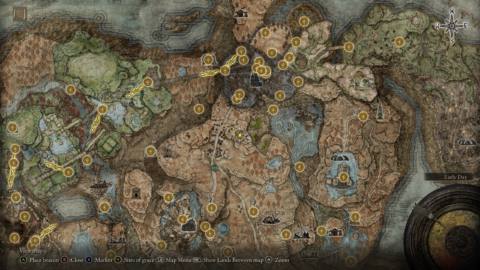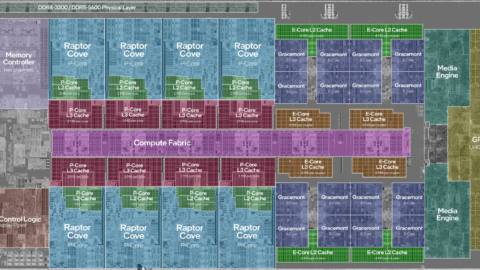USB 3.2 Gen 2×2 external SSDs like the Samsung T9 have their peak performances capped by the inherent limitations of the USB protocol they're transferring over. This can make it hard to stand out against the crowd, but Samsung doesn't seem to struggle. It didn't struggle with the awesomely rugged T7 Shield, and it doesn't struggle with its latest addition, the T9.
The reason? It's packed to the brim with quality components. We don't have to go poking around inside to know this, either; the quality shines through in performance. This might seem strange given I just said performance is capped by the USB connection, but there's more to performance than tall peaks: there's also consistency. The T9 delivers on that front.
It reeks of quality just in terms of how it looks and feels, too. Unpackaging and holding it, I immediately noticed just how pleasantly—but not overbearingly—weighty it feels, sitting at 122 g. Sturdy, too, thanks to its rubberised and textured shell. All this gives it resistance against up to 3-metre (9.8 ft) drops.
There's none of that annoying in-your-face military-rugged aesthetic that one might expect from such a solid-feeling drive, either. No ribbon-crossed border frames or garish colours. Just a nice, respectable, pocketable drive that shouldn't shatter if you drop it while out and about.
Unfortunately, it doesn't have an official Ingress Protection (IP) rating, which is disappointing considering it's meant to be a drive that allows you to, as Samsung puts it, “protect your data with confidence”. Still, provided you keep it out of the rain and don't drop it on the beach, it should be fine.
Now we come to the meat and potatoes: performance. And boy, does this thing perform. Which is a good job, really, considering it's not a cheap drive compared to its competition, especially for the 1 TB and 2 TB versions
I tested the 4 TB version that is only slightly more expensive than other options, such as the wonderful Adata SD810. Given the 4 TB version's price-to-performance, this capacity is my recommendation from the bunch, unless 1 TB and 2 TB prices drop.
The drive's top speed is maintained by pseudo-SLC cache—a section of the NAND flash acting as speedier memory to make transfers a breeze. This maintains a speed of around 1,800 MB/s.




Once this pSLC runs out, the native NAND flash speed for the T9 kicks in. That is astounding, as you can see in the IOMeter test below. Where the other USB 3.2 Gen 2×2 drives I tested drop down to sub-500 MB/s—and often much lower—speeds once the pSLC cache has run out, the T9 maintains a steady 900-ish MB/s the whole way through.
This is probably something to do with its excellent cooling, which Samsung says involves a “Dynamic Thermal Guard”. Whatever that means, it works well, as temperatures take quite a while to reach 60 °C and they peak only a smidge above that. There seems to be no thermal throttling to speak of, as even during my sequential file transfers of up to 1.2 TB I didn't notice any. That should cover most use cases.
For sequential transfers, you have to consider what file sizes you're going to be transferring most often. First, and most obviously, if you're thinking of regularly transferring more than 250 GB at a time—perhaps moving across multiple game installs or system backups—then a T9 makes perfect sense. It'll keep things moving smoothly at about 1 GB/s for as long as you need.
At the other end of the spectrum, If you're only going to be be transferring 50 GB of data or less at a time then probably any old Gen 2×2 drive will do and the T9 will be overkill.
The tricky spot is around the 200 GB mark. The SD810 can transfer about 260 GB before speeds drop. The T9 only manages about 175 GB. So, I guess for the niche market of users that knows it'll always be wanting to transfer files in 200-250 GB chunks, the Adata might be a better choice.
But most people, I think, would prefer about 175 GB of super quick speeds and a consistent 1 GB/s thereafter for the odd extra-large file transfer where that's needed. In other words, the T9 covers all bases where the SD810 only covers the majority.
You have nothing to worry about when it comes to gaming performance, either. The T9 had a lower average access time than any other USB 3.2 Gen 2×2 SSD I tested in the 3DMark Storage benchmark, and while it was a little slower at loading in FFXIV, this wasn't by much. I also did my usual Crab Champions test and found the 1.73 GB game to transfer over to the drive in just a couple of seconds, and the game played smooth as butter and loaded new levels instantly.
In all, then, the Samsung T9 4 TB is the highest quality USB 3.2 Gen 2×2 drive I've tested. Yes, the Adata SD810 sustains its peak speeds for longer, but the T9 sustains them for plenty of time—longer than most other drives—and after that its speeds don't drop anywhere near as low as other drives do.
✅ You're using it for big backups: The T9 maintains stellar speeds seemingly endlessly, and 4 TB is a hefty capacity for full-drive or game folder backups.
✅ You're clumsy: This drive is rugged, offering 3 m of rated drop resistance. It really feels like it, too.
❌ You don't have a USB 3.2 Gen 2×2 port: Without this, won't be able to make use of this drive's peak speeds.
❌ You're not doing lots of big file transfers: There are much cheaper drives of smaller capacity that will be better value for most users doing average file transfers and not requiring two PCs-worth of storage.
On top of this bountiful sequential performance it also delivers admirable random 4k and gaming performance, and manages to do all the above without breaking much of a sweat thanks to its cooling solution. Throw in its premium-feeling and sturdy shell, and you have a truly premium drive.
The only question now is whether it's worth a premium price. At MSRP, the 4 TB version of the T9 should be $550, and at that price I'd probably recommend closing your laptop lid and going to touch grass and smell the fresh are to save yourself from puking. But thankfully the T9 doesn't seem to be going for anywhere near that much right now.
It's currently going for about $300, which is only very slightly more than other similar 4 TB drives of lesser overall quality. When you drop down the capacity, however, you're looking at $231 for the 2 TB version or about $135 for the 1 TB version. That's about $80 and $55 more than what you can pick up an SD810 for right now. Which is a price difference that I can't quite justify, unless you're sure you're going to be transferring well over 250 GB of data at a time on the regular and need the consistent speeds of the T9.
The 4 TB version that I tested, however, is actually reasonably priced compared to other high-quality external SSDs. The T9 is very much a “go big or go home” kind of deal, which will rule out a lot of people from considering it. For those that are in the market for such a large capacity drive, however, the Samsung T9 looks to be the best of the bunch.






